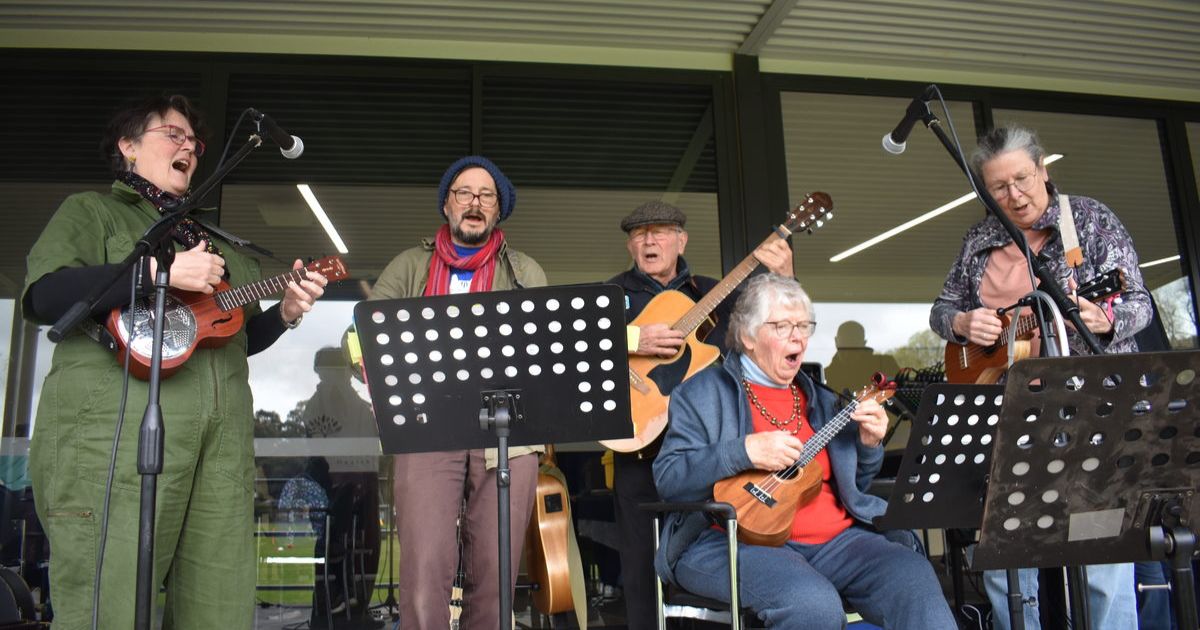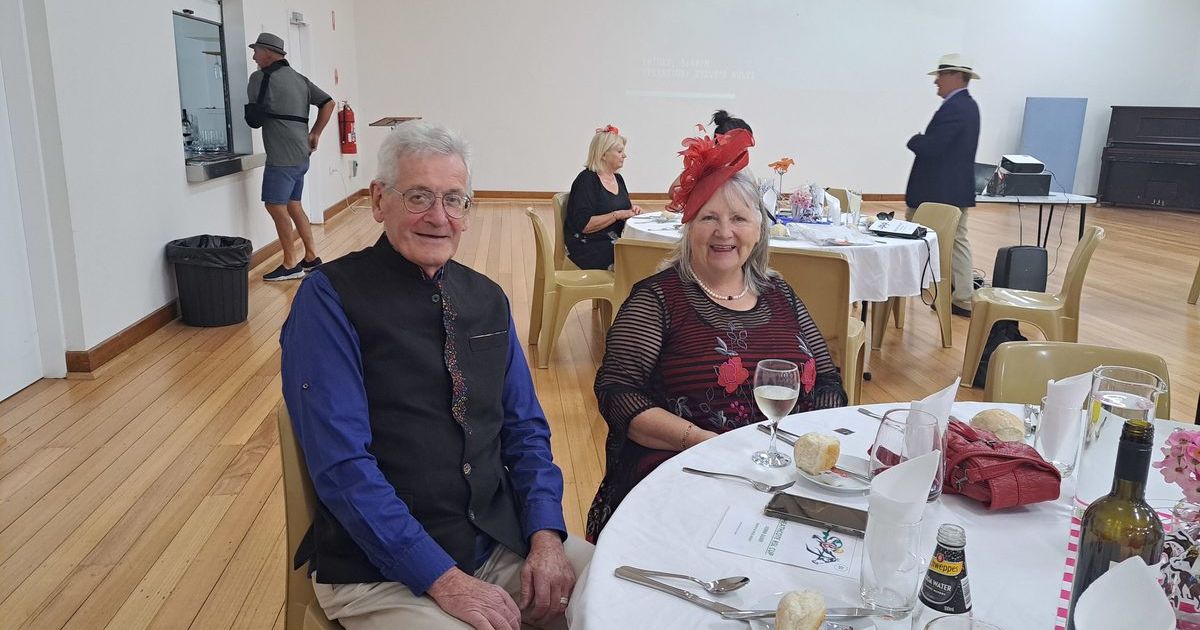The kangaroo chronicles: a glimpse into the past

Fearsome beasts: Reports of kangaroo attacks fuelled popular perceptions in the late 19th century. This picture is from 1874. Image: S CALVERT/STATE LIBRARY OF VICTORIA
KANGAROOS have commanded many column inches in the McIvor Times over the decades; whether as a subject of amusement or concern, they have always been newsworthy.
In the early days of European settlement kangaroo hunts were common and provided a readily-available source of fresh meat.
However in September 1866, the paper noted an unexpected hazard from this food source.
“A German miner visited an Italian friend in this neighbourhood a few days ago, and the host placed before his guest a bowl of kangaroo-tail soup,” it reported.
“When the time arrived for the evening meal both ate heartily of the delicacy, which was made of good consistency.
“Shortly after finishing the meal the pair retired to their bunks, but after a while the guest arose in the dark, muttering angrily but in an unknown tongue.
“He was evidently bent on mischief, and was feeling for his clasp knife, which, fortunately, had fallen between the wall and the bunk, and could not be found.
“His host deemed it prudent to raise an alarm, thinking his friend was mad.
“In answer to the summons the neighbours came in and found the angry German in a towering passion, as he conceived that a practical joke had been played upon him, because the glutinous soup had caused the adhesion of his tremendous moustache to his luxuriant beard.
“During his sleep the hirsute appendages on his upper lip and chin had completed their cohesion so firmly as to account for his inarticulate ravings and anger.
“The release of his jaws and a little explanation soon set matters right.”
Kangaroos were seen less often by town dwellers than they are today.
In August 1871 the paper reported on a rare sighting in High Street, Heathcote.
The Town Clerk was apparently “unable to explain how the kangaroo got into the town, but says if he had his dogs with him he would have secured it, which would have been a nice presentation to make to the Borough Council when stuffed.”

Kangaroos were not particularly popular and a number of stories about attacks only fuelled the fear.
In November 1880, the McIvor Times reprinted a story about a lethal encounter between a selector’s wife and “old man kangaroo.”
She died from “frightful injuries to different parts of her body” after attempting to save her dog from a similar fate.
This antagonistic attitude towards kangaroos was beginning to have longer-term consequences.
In March 1890, the McIvor Times reproduced a small item from the Bendigo News which stated that “the rapid decrease in the number of kangaroos is beginning to attract the attention of scientific societies in Australia.
“From the collective reports of the various stock inspectors, it was estimated that in 1887 there were 1,881,510 kangaroos.
“In 1888 the number fell to 1,170,380, a decrease of 711,130.”
This trend prompted the Game Act 1890 in Victoria, which brought in strict hunting seasons for a large number of species of native animals and birds, including kangaroos.
However, despite the regulations, numbers were still dwindling.
In June 1911, Mia Mia resident Robert Hyslop penned a letter to the McIvor Times to express his concerns.
“The native animals are decreasing rapidly and in numbers, and it would be well to protect rigorously the few that remain,” he wrote.
“There is a small mob of kangaroos on the hills near Mia Mia, which certainly should be preserved; but they are continually being hunted and shot at, though they are protected by law all the year round.
“If public attention is drawn to the matter perhaps some steps would be taken to put down this illegal destruction.
“An honorary inspector under the Game Act might be appointed for the district.
“Then, perhaps, an example would be made of those who never see a bird or animal without at once trying to destroy it.”
In mid-1915 two Heathcote police officers brought a man before the Police Court on a charge of killing protected game.
While he was found guilty, the fine was only 10 shillings, plus another 20 shillings in associated costs, including the value of the kangaroo.
This is equivalent to about $189 today and despite an appeal by police, the magistrate refused to alter his decision and increase the penalty.
It was not until 1975 that kangaroos were fully protected under the Wildlife Act.

















